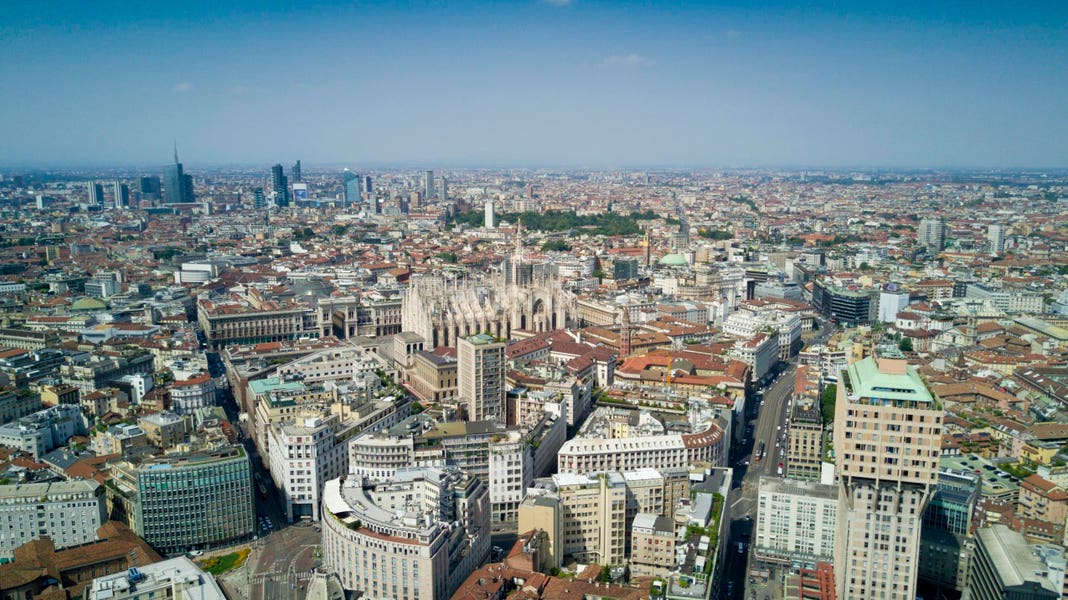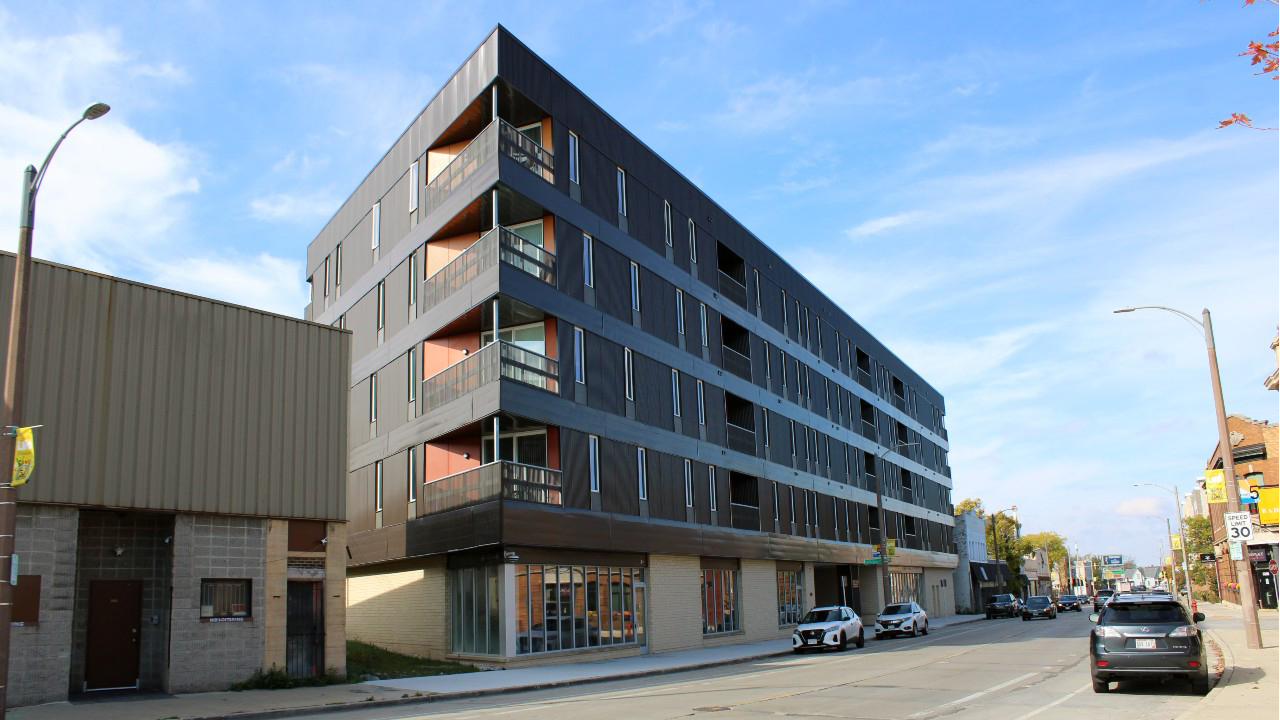I
taly's flat tax regime, introduced in 2017 and increased to €200,000 in 2024, is transforming the country into a magnet for high-net-worth individuals (HNWIs). This shift has significant implications for the real estate and construction sectors. As part of a global trend of wealth migration, Italy is expected to welcome approximately 3,600 HNWIs in 2025, with Milan, Rome, Florence, Lake Como, and Tuscany experiencing rising demand for prime residential stock.
Milan's residential prices have risen by 2% over the past year and between 15-28% over the last five years, making it Italy's most dynamic and expensive property market. Prime areas like Brera and Porta Nuova now exceed €15,000 per square meter in price, with energy-efficient new-builds averaging €7,250 per square meter. Demand is also accelerating in formerly overlooked districts like Bovisa and Lambrate.
The influx of international residents is driving wider infrastructure demand, including international schools, healthcare, digital services, and transport. This aligns with Italy's €194.4 billion National Recovery and Resilience Plan (NRRP), which is funding sustainable mobility, renewable energy, and energy efficiency upgrades for residential and public buildings.
However, challenges remain. Demand continues to outpace supply, particularly in Milan's most desirable neighborhoods, where properties often receive multiple offers and close within weeks. Developers face higher construction costs, lengthy permitting timelines, and complex energy-efficiency regulations, raising barriers to delivery. Affordability is also becoming a concern as international capital drives up prices.
To sustain investment, regulatory reform and planning coherence are crucial. Progress on these fronts will be essential to maintaining long-term support for the policy. The government must now focus on integration, ensuring housing availability, schools, transport, and healthcare keep pace with demand. Smaller cities must also be given a chance to benefit from this influx of international residents.
The flat tax has put Italy on the map for people who could choose almost anywhere in the world to live. Keeping them here – and making that presence count – is now the bigger task.















